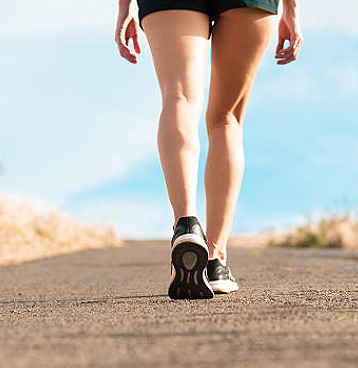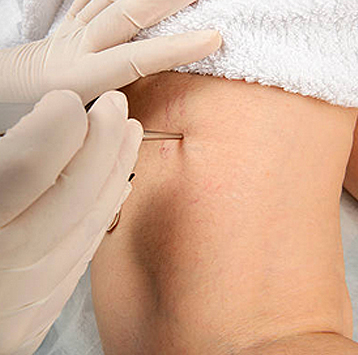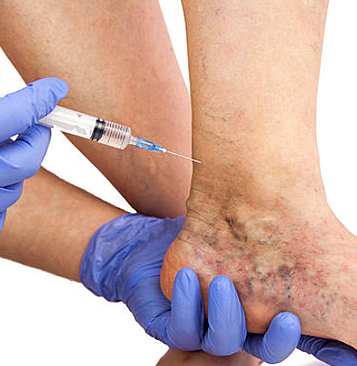Spider veins are rarely dangerous. These thin, red, blue and purple squiggly lines that appear on your face, hands, and legs are typically caused by a blood that does not flow smoothly through that vessel.
Weakened vein walls happen as you get older, and they are often behind troublesome vein conditions. Years of standing on your feet on a hard surface or sitting at a desk with little or no relief during the day lead to many vein conditions that require the services of a vein specialist. Other factors that lead to the small and large unsightly veins include:
- Wearing tight shoes and clothes
- Being pregnant
- Having a family history of vein issues
Spider veins also can be caused by exposure to the sun, hormonal changes and injuries. Poor circulation may be the underlying condition that’s causing your spider veins and their larger cohorts, varicose veins, but just as often, poor circulation is caused by weakened veins. It’s the chicken-and-egg dilemma: which came first?




